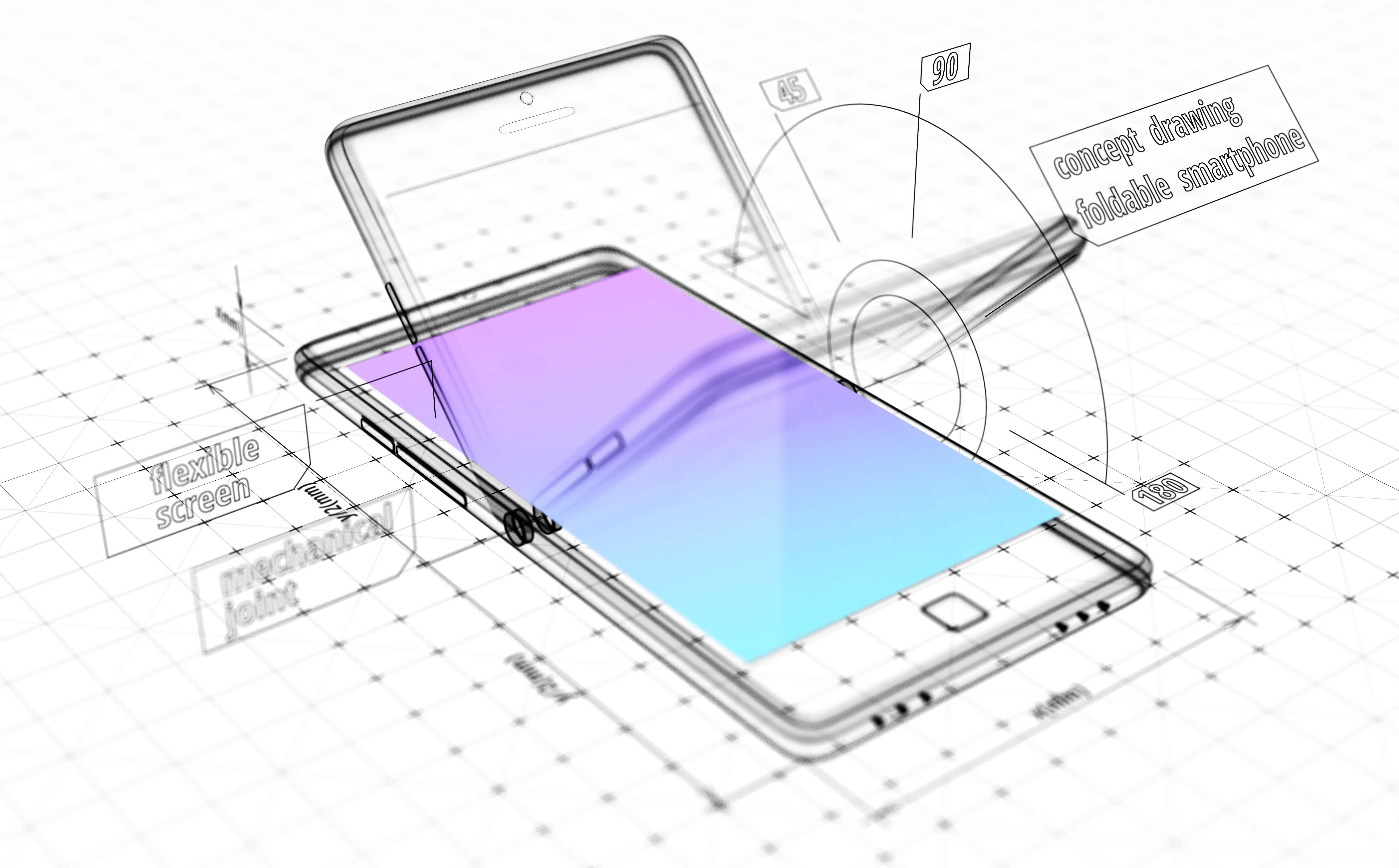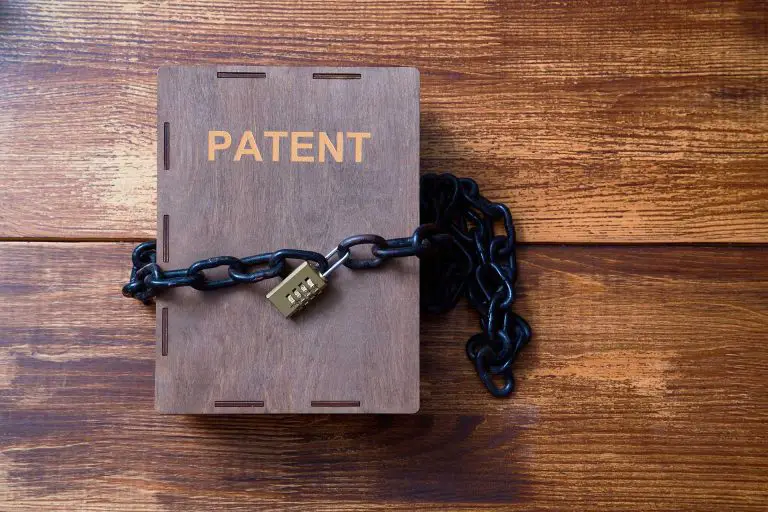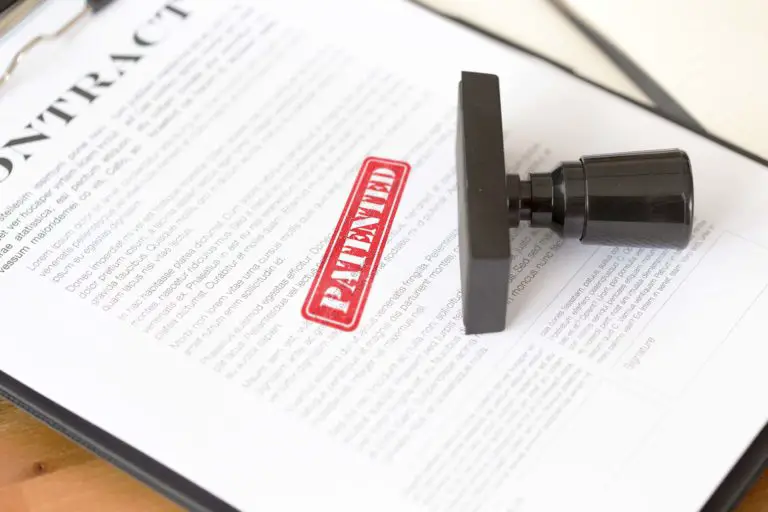How Long Does it Take to Get a Design Patent?
When people talk about patents, most of the time they’re thinking about utility patents, which protect products, processes, and inventions. But there is another important category known as a design patent. Design patents protect the aesthetic or ornamental design of an article (how a product looks). Now that you know what a design patent is, how long does it take to get a design patent?
According to data from the USPTO, it currently takes 20.4 months to get a design patent approved (2019).
Most applicants will receive their first office action pendency within 13.8 months of filing their design patent application with the USPTO.
Who Should Get a Design Patent ?
You should get a design patent if you want to protect the unique design or look of your product. To qualify for a design patent the shape and appearance of your product must be new and unique. Design patents grant the patent holder the exclusive rights to make, use, and sell the specific patented design or article of manufacture.
You will be able to prevent others from copying and using your design on their products only after the USPTO grants your design patent. Prior to granting your design patent, you will not be able to enforce your rights.
What Protection Do You Get with a Design Patent ?
With a design patent, the patent holder will be able to prevent others from using, making, selling, or importing a product that has the same or similar designs to the one you’ve patented. To prevent others you will have to show that an ordinary observer might purchase the infringing product thinking it was your patented product.
The U.S Supreme Court established the ordinary observer standard back in 1872 in a case involving a design patent on a set of silverware handles. The ordinary observer in this circumstances is one who is a retail purchaser of that particular type of good at the setting where the product is typically sold and not an expert in the field, who will be less likely to be fooled by the infringing product.
How Long do Design Patents Last in the US ?
According to the USPTO, design patents last for 15 year from date the USPTO grants your design patent. For example, if you apply for a design patent on January 15th, 2019 and the USPTO grants your design patent on April 20th, 2019, your design patent is good for 15 years from April 20th 2019, meaning it will expire 15 years later on April 20th, 2034.
How Long Does it Take to Draft a Design Patent Application ?
If a designer has all of the details of the design they are seeking to patent, design patents it will typically take an attorney between 1 week to 4 weeks to draft the application.
The amount of time required to draft a design patent application depends on the complexity of the design you’re trying to protect. The more complex the design, the more time it may take for you or your attorney to draft the application.
Also, it depends on the amount and quality of information the designer supplies to their attorney prior to drafting the application. While your attorney drafts the application, if you want them to make adjustments to the application, this will add to how long drafting the application takes.
Who Can File a Design Patent?
The inventor(s) can file a design patent application. Filing the application with the correct inventor(s) will reduce the amount of time you need to get a design patent because if you list incorrect inventors, the patent examiner might reject your application, causing easily avoidable delays.
Inventors of a design are not required to live in the United States, but if the inventor is from somewhere other than the US, they can work with a patent attorney licensed in the US to file their design patent application.
This is typically done by having the international inventor signing a power of attorney, authorizing a licensed attorney in the U.S to work on their patent application.
Trademarks vs Design Patents (Which One Should you Get ?)
Trademarks are different from design patents in that trademarks are used to identify the source of goods or services. Whereas design patents are not used to identify the source of goods or services, but rather to protect the design itself.
To qualify for a design patent, you will have to show that the design you’re seeking to protect is novel (new/never been used before). With trademarks, you don’t necessarily have to show that your mark is new, but rather it’s being used by consumers to identify a specific person or company as the source of the product.
If the design of an object is embodied in a physical article, the design could be protected by both a design patent, as well as a trademark. Courts have held that that “patent rights are separate and distinct from those pertaining to trademarks, and that they are not dependent on each other.” Source
Design Patents vs Utility Patents (Which One Should you Get ?)
Utility patents are typically used to protect the functional aspects of invention. Utility patents can be used to protect a variety of ideas that include processes, business methods, machines, software, and pharmaceuticals.
That said, for the USPTO to grant your utility patent, no one must have patented the idea you’re seeking to patent. Design patents, on the other hand are much easier to get than utility patents, but they can only be used to protect the way an object looks and not its mechanical structure.
Both design patents and utility patents are subject to examination by the USPTO, the examination includes a prior art search. Design patents last for 15 years from the date the USPTO grants the patent while utility patents last for 20 years from the filing date of the patent application.
In many circumstances, you will be able to obtain a utility patent and a design patent for the same invention. To obtain both patents on the same item, you will have to satisfy both the requirements for design and utility patents.
What are the Requirements to Get a Design Patent?
To get a design patent you have to meet the following requirements:
1) Article of Manufacture
To get a patent on your design, the design must be for an “article of manufacture.” Said differently, the design that you want to protect must be applied to an object. You cannot patent what is merely a design. For example, applying the design to a shirt or a canvas will satisfy the requirement of applying it to an article of manufacture.
Another example is a computer-generated icon that’s viewable on a computer monitor. The icon itself is not eligible for a design patent, but when you claim it as an embodiment on a computer monitor, the combination of the icon and display is patentable under 35 U.S. Code § 171.
2) Originality
Your patentable design must be original, meaning that the USPTO will only grant your patent if your design is different from any known objects, personal, or naturally occurring forms. That said, you can “reassemble” or “rearrange” familiar designs to create your new design. You are basically trying to satisfy the requirement that your design is new and nonobvious (not already known).
3) Novelty
The design you’re trying to patent must be novel (new) according to 35 U.S. Code § 171. When the USPTO goes to evaluate your design, they will use what they call the “average observer test.” Under this test, the appearance of the design from the perspective of the average, ordinary observer must be different from the appearance every other prior design. Said differently, your design has to be different from anything out there.
4) Nonobvious
According to 35 U.S. Code § 171 the design you’re trying to patent must be “nonobvious.” Courts have interpreted the standard of obviousness to mean that “a designer of ordinary skill of the article (design) involved would have found the design as a whole to be obvious at the time the design was invented.” This standard is very similar to the obviousness standard that’s used for utility patents.
5) Ornamentality
To patent a design, the design must be “ornamental.” Courts continue to do debate what “ornamental” means so we will do our best to explain it as clearly as possible. “Ornamental” requires the design to be aesthetically pleasing or attractive, something that is the product of an artistic conception. The design must not be essential to the use of the article. If it is essential to an article’s use, it cannot be the subject of a design patents. It seems that the courts do not want people using design patents to protect the functional aspects of an invention.
6) Drawings
As part of your design patent application, you must attach at least 7 figures showing the design you want to patent. All 7 of these figures must be isometric (3D) and you must includes photos of the front, back, left side, right side, top, and bottom. You can add more photos if the figures don’t completely cover how the design looks. Similar to utility patents, you can just take photos of the design, you have to comply with the USPTO drawing requirements. The best way to comply with these requirements is to go a person who is familiar with the USPTO drafting requirements to draft the figures that meet their requirements.
Completing and filing a patent application that meets all of the requirements will reduce the amount of time it takes you to get your design patent.

How Much Does it Cost to Get a Design Patent?
Currently, it costs $50 to $200 to file your design patent application. If you’re an individual inventor, it will cost you $50 to file your application but if you’re a business it will cost more.
If you need the assistance of an attorney to file your design patent application, you will have to spend between $2,500 to $3,500 for them to draft and file your application.
If the USPTO grants (approves) your design patent application, you will need to pay an issuance fee that ranges from $175 for an individual person and goes up to $700, depending on the size of your business.
How Long Does a Design Patent Search Take?
Before filing your design patent application, you will have to perform a prior art search, which basically means that you’ll have to search the design patent database to see if anyone has patented a design that’s similar to yours. Design patent searches take anywhere from a couple of hours to a few days to perform. This really depends on your attorney’s experience and the complexity of your design.
How Many Designs Can You Get Using One Application?
U.S Law only permits you to patent one design per design patent application. The USPTO may allow very small variations of your design on the same patent, but you’re unlikely to get protection for more than one design. If you want to patent a different design, you will have to file a separate design patent application.
How Long Do Design Patents Take?
As previously mentioned, design patents currently (2019) take 20.4 months from the date you file your design patent application until the USPTO grants your design patent. Of course the time it takes the patent office to grant a design patent is different from one case to another, some cases take longer, while others can take less time. If you found this article helpful, please leave any general comments on how long design patents take in the comments section below.







